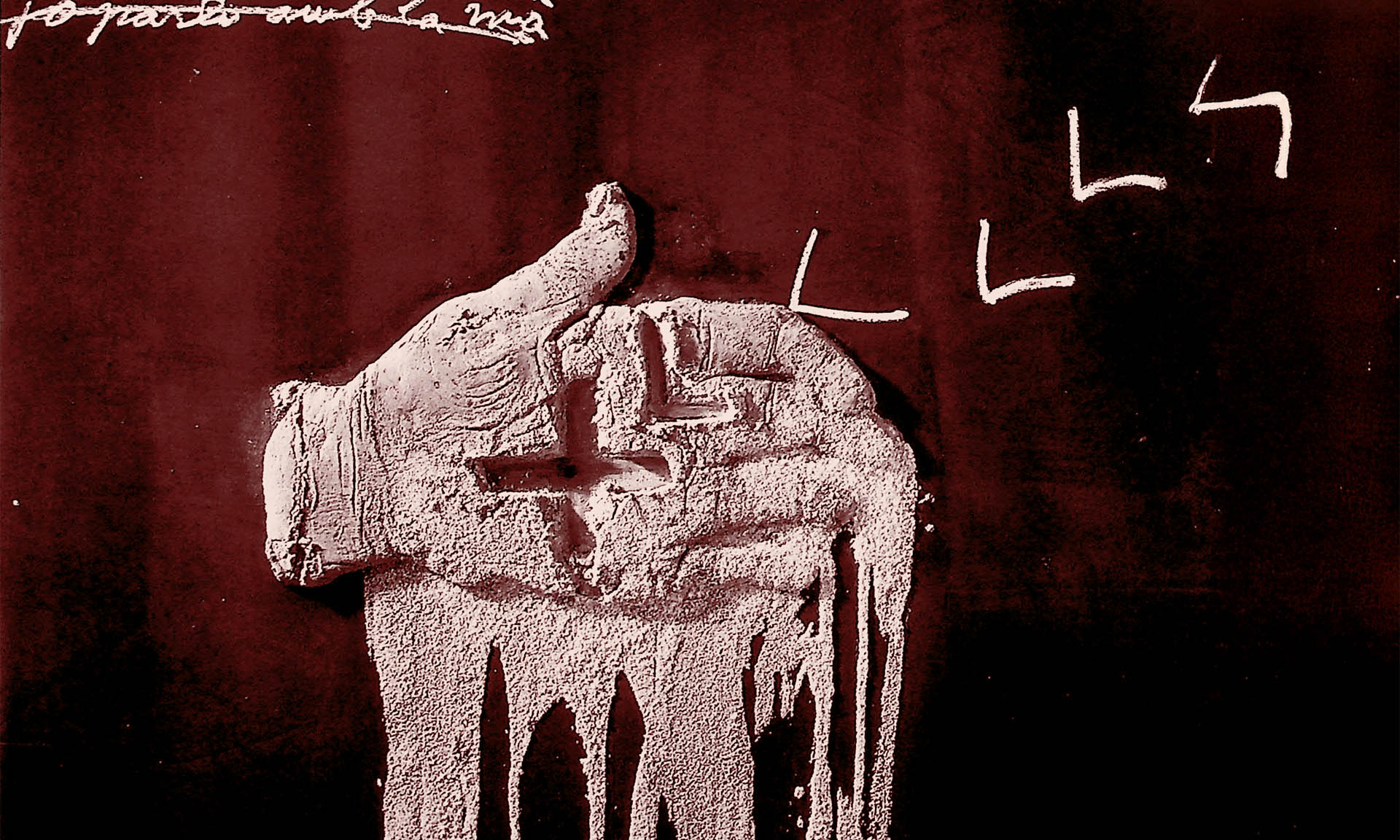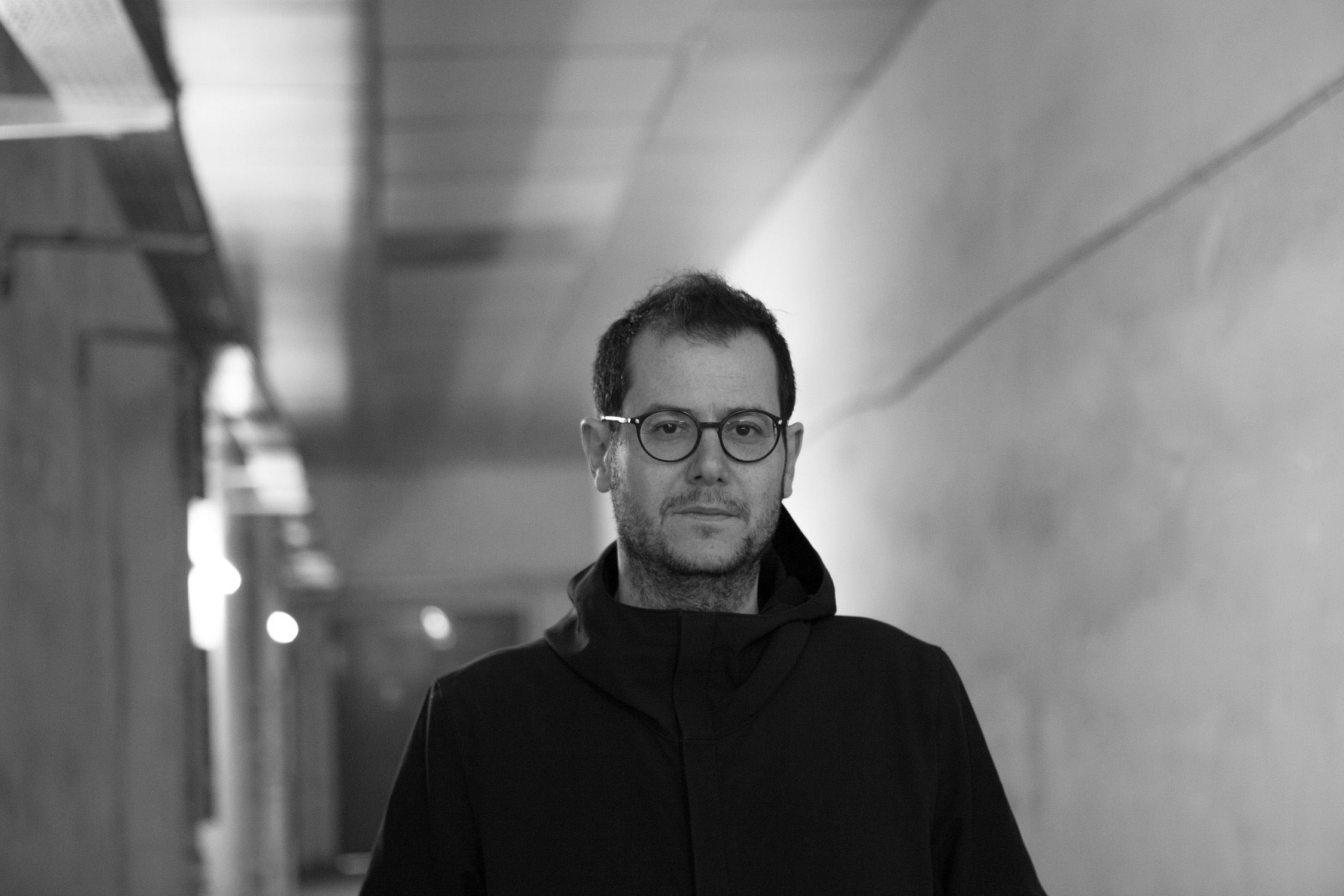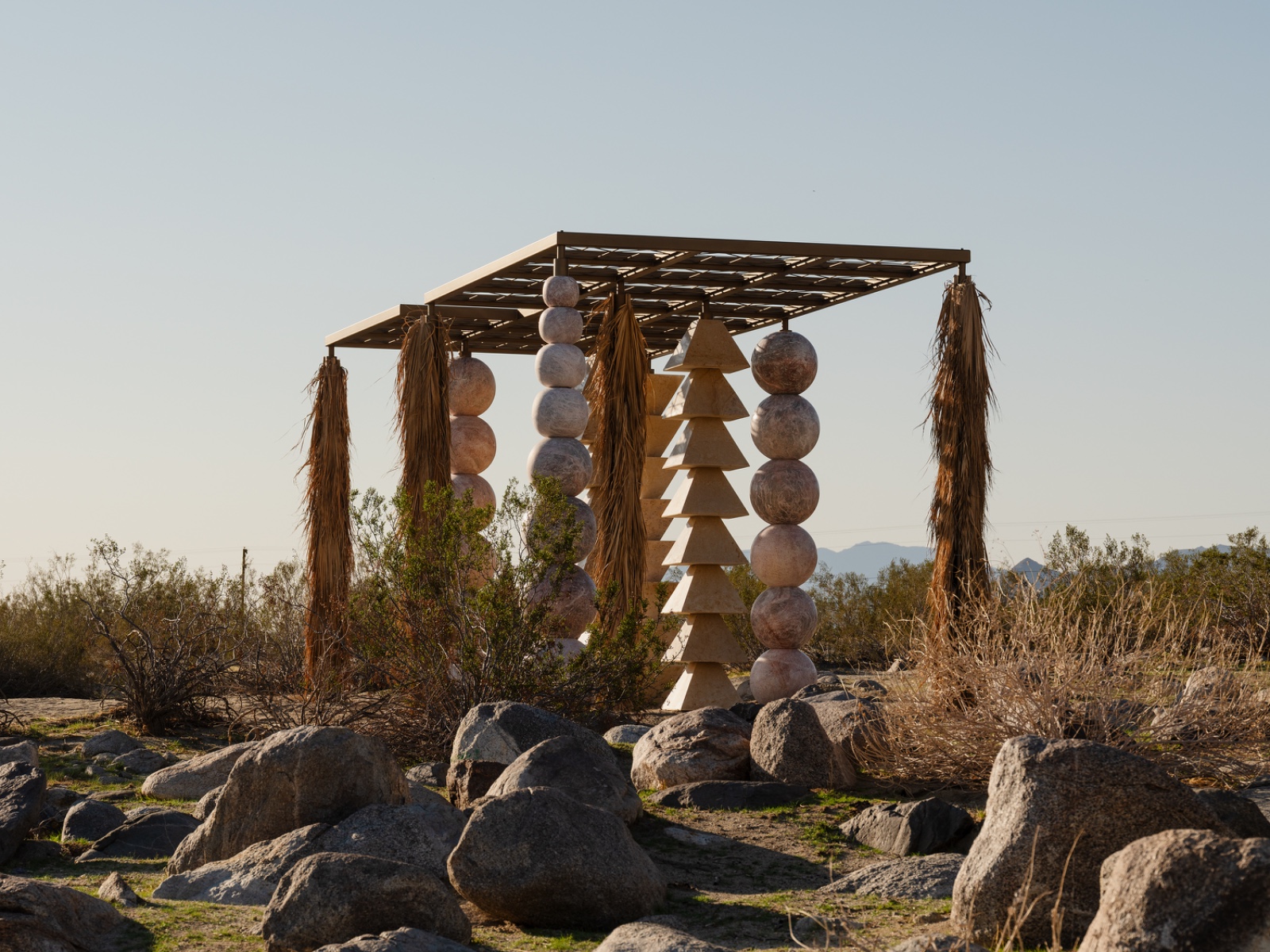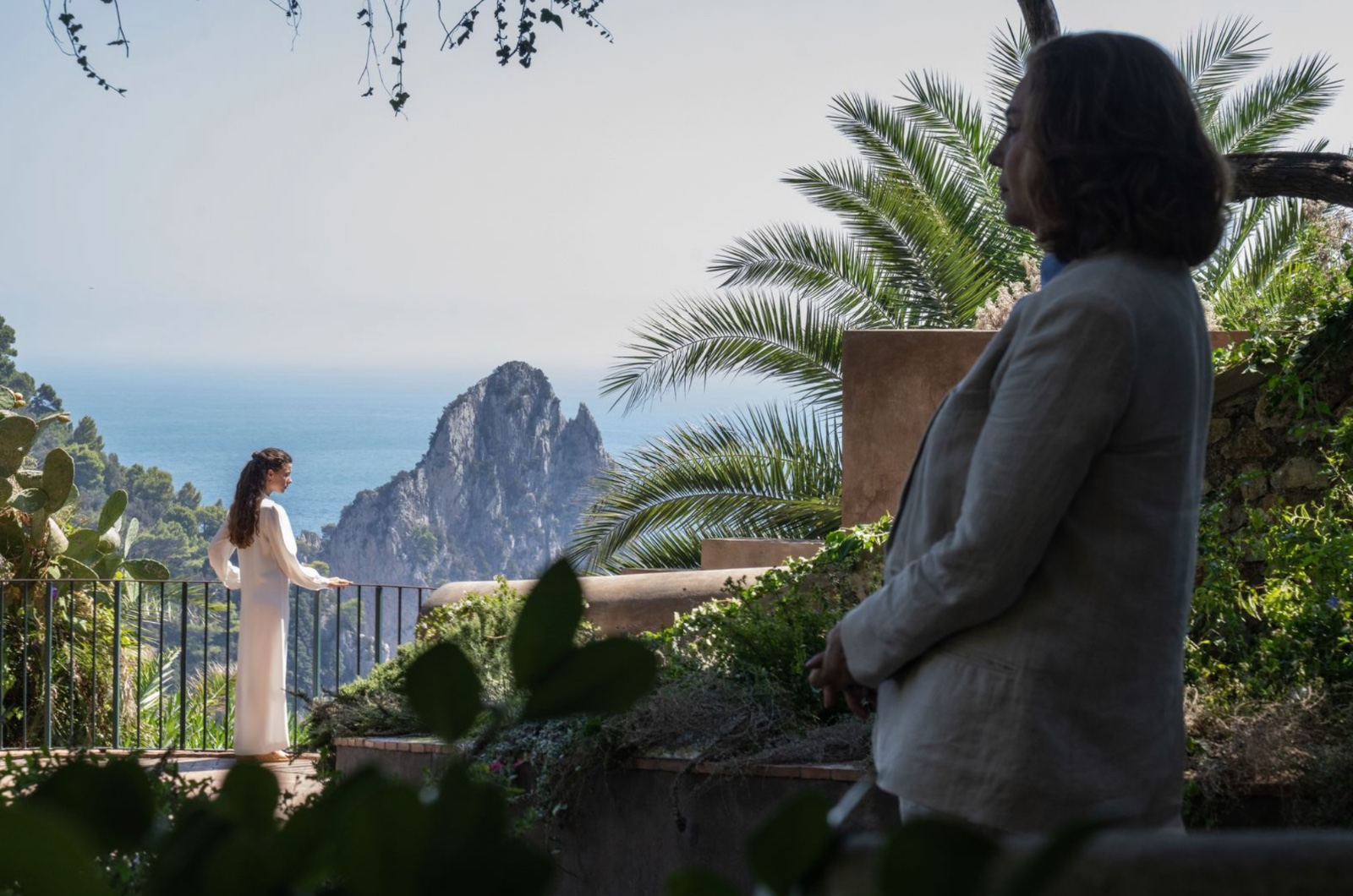Opinion
Antoni Tàpies seen by Albert Serra: faith without works is dead

This is the title of Albert Serra's documentary on Antoni Tàpies commissioned by the Fundació – Museu Tàpies, everything made me predict disaster. I am a fan of Albert Serra as I commented at the time and it is written, when they turned him into a Golden Leopard with the film Història de la meva mort, but yesterday, the day of the white smoke of Leo XIV, our Leopard consummated the sacrifice of one of my admired artists.
I went to the Filmoteca with the intuition that it was impossible for a Dalinian to confess like Albert Serra could do something interesting about Tàpies. I say confess and I will give just one example: on October 26, 2013 at the Pompidou, Hans Ulrich Obrist and Albert Serra completed the marathon challenge of spending an entire night talking about Dalí alongside other artists. It is just one example of Serra's great passion for Dalí. The same amount of contempt that Tàpies had for the genius of Figueres, as Arnau Puig reminded us by saying that when Tàpies wrote L'art contra l'estética and also in La práctica de l'art he made an allegation against figurative art and other Dalinian drifts, understanding that it was an anachronistic and regressive artistic expression. This animosity took the form of a dream narrated by Santos Torroella. Pau Nualart recalled this in Núvol on 25-2-24:
“One night in September 1987 in Cadaqués, after a gathering at the Bar Boia, Rafael Santos Torroella has a wonderful dream: he is informed of Salvador Dalí's agony and sets off on a journey to witness his death in the company of Antoni Tàpies. Two colossal visions even for the subconscious. Tàpies drives the car to the edge of a field covered in weeds. They abandon the vehicle and take the road that leads to where Dalí suffers his ordeal. Then Tàpies evaporates and Santos Torroella contemplates Dalí's descent into hell, flanked by a troupe of nocturnal extras. The next day he wakes up fascinated and types up the mysteries.”
I must acknowledge the honesty of the Leopard in warning in the very title that it would devour its victim. For this reason it draws from the Christian tradition, veiledly present throughout the documentary, but explicitly in the chosen phrase about faith found in the apostle James 2:26 BCI:
"So it is with faith: if it is not demonstrated by works, faith alone is dead."
More extensively it says:
What good is it, my brothers, if someone says he has faith but does not have works? Can that faith save him? If a brother or sister is naked and lacking daily food, and one of you says to them, “Go in peace, be well-groomed and well-fed,” but you do not give them what they need for their body, what good is that? So faith, if it does not have works, is dead by itself.
The lack of interest and faith in the figure and work of Antoni Tàpies was corroborated by the low quality of the film. The hypnosis typical of his other films was not produced, among other things because instead of abounding in the fog of images, there were countless words or expressions taken from Tàpies' works, aimed at lexical-mental perception that broke any climate. In case there was any doubt, Albert Serra topped it off with his post-viewing comments with expressions about Antoni Tàpies that I blush to repeat.
How can one do a good living work without faith? The sacrificial drama was served.
I only know two people capable of having faith in Dalí and Tàpies at the same time and not seeming crazy: one is Vicenç Altaió and the other is me. Albert Serra already warned us in the title that he is not capable of this polyamory. However, I like his cinema –or whatever he does–, which is why I recognize this contradiction as my own: Proditionem amo, sed proditorem odi (“I like betrayal, but I hate the traitor”).








